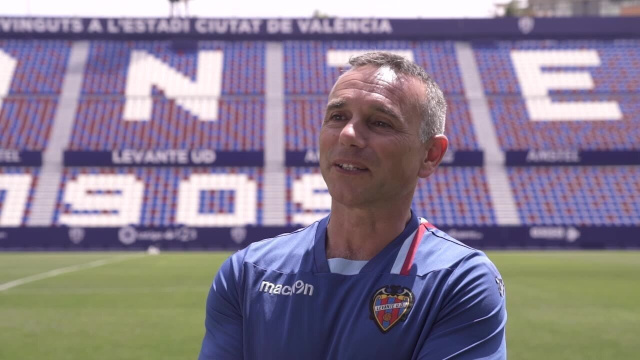
Point-of-care ultrasound (POCUS) is an essential everyday tool in sports medicine at the Clinica Ivre in Valencia, Spain.
Trauma specialist Dr. Miguel Ángel Buil-Bellver describes how ultrasound examination of the musculo-skeletal system has made diagnosing injuries easier and quicker, informing treatment decisions and help-ing athletes to return to their sports sooner.
The Clinica Ivre opened 10 years ago in Valencia and offers a full range of sports medical services for professional and amateur athletes, including the Valencia Paralympic Committee, the Valencia Basket basketball team and the Levante football team. The multidisciplinary team of 30 medical professionals includes cardiologists, a podiatrist, nutritionists, sports psychologists, physiotherapists and physical trainers, all of whom are dedicated to helping patients return to sporting activities as quickly as possible.
In the last decade, we have seen over 14,000 patients, and currently have around 1,600 attending the clinic every month, mostly for injuries or activity-based monitoring. I discovered Sonosite 15 years ago, after being loaned an instrument to try out, and have used the company’s systems ever since. Much of our work in the clinic now depends on POCUS; it is an everyday tool and we use it constantly, with different transducers for cardiology and the musculoskeletal system. We even use it during stress tests on healthy individuals – where it allows us to look at parameters that cannot otherwise be detected – and for needle guidance when performing injections or aspirating blood or other bodily fluids. A third of injuries sustained by athletes are muscular, and ultrasound is a great tool for this type of injury. It saves us a lot of time by allowing us to diagnose issues in the clinic, without having to send the patient to another hospital. It is also essential for the diagnosis and evaluation of tendon injury and sprains, where there are no bone fractures.
Athletes can be examined, even as they are stretchered off the field, to determine whether mus-cles, tendons or ligaments are affected. After the scan, we can decide on the appropriate therapy – physiotherapy, injections with different drugs or surgery – and start the most suitable treatment as soon as possible, helping the athlete to recover more quickly.
I have attended several ultrasound courses focusing specifically on the musculoskeletal system, and went from there to help run courses at the Sant Cugat High Performance Centre in Barcelona. Thankfully, training in ultrasound for the musculoskeletal system is generally far more available these days; I continue to teach at CEU Cardenal Herrera of Valencia University as part of its Sports Physiotherapy Master's Degree course and, in collaboration with FUJIFILM Sonosite, use the company’s instruments to demonstrate the technique and its capabilities in our clinic or at the Levante UD ground.
How we treat our patients depends very much on the quality and reliability of our ultrasound imaging and so, when purchasing an ultrasound machine, we always look for good image quality. We also like easy-to-use devices, and Sonosite stands out in this regard. Because we travel with athletes a lot, systems need to be portable, robust and resistant to bumps and knocks as well. With Sonosite systems, there is very little risk of transducers breaking if they are dropped or banged against something.
Over the years, I have recommended these instruments for both Valencia Basket and Levante UD and, when I was on the medical team at the London 2012 Paralympic Games, Sonosite also pro-vided us with an M-Turbo® system to use in the Olympic Village. I have used practically the whole range of Sonosite equipment throughout my career, and my relationship with the company continues to be excellent.
Learn About POCUS for Sports Medicine and MSK
Sonosite ultrasound is noninvasive and offers real-time imaging, allowing for examinations of structures at rest and in motion. Learn more about point-of-care ultrasound's ability to capture the movement of musculoskeletal components differentiates it from other imaging modalities and can permit more accurate diagnoses.


